TABLE OF CONTENTS
How long does it take to grow weed is a very commonly asked question. Usually it takes about 3-4 months to grow the average cannabis plant – but with the right tools and strategy, you can grow the weed plant you want in as little as 8 weeks.
Let’s take a look at the question of how long does it take to grow weed and the time needed for each step.
How Long Does it Take to Grow Weed – Growing Timeline
The timeline below lays out a seven-stage process of a typical grow schedule. If you’ve been searching online for “how long does it take to grow weed?” you’ve likely run into a range of time periods. Generally, a marijuana plant can take 14 to 32 weeks to grow, which translates into about four to eight months to grow. This is for growing a marijuana plant from seed.
The length of time it takes to grow a weed plant can be broken down into multiple phases from seed to harvest:
- Getting your equipment (1 day to 2 weeks)
- Getting your clones or seeds (1 day to 4 weeks)
- Germinating your seeds (12 hours to 8 days)
- Seedling phase (1 to 4 weeks)
- Vegetative phase (2 weeks to 6 months)
- Flowering phase (6 weeks to 3 months)
- Harvesting phase (1 to 3 days)
Step 1: Getting Your Growing Equipment = 1 day to 2 weeks
If you know what you are looking for then this could happen quickly. We will help you with this later on as we set up the grow-rooms and do some grows with different styles and grow mediums.
Step 2: Getting Your Clones or Seeds = 1 day to 4 weeks
Getting clones (cuttings from healthy mother plants) is easy to do in areas that allow cannabis cultivation. But in states or countries where it is illegal to grow, obtaining healthy clones can be a challenge. Seeds, on the other hand, can be ordered on the internet and generally take 2 to 4 weeks before they arrive by mail.
Step 3: Germinate The Seeds = 12 hours to 8 days
If starting with clones this can be skipped. The average time to germinate is 2 or 3 days. Make sure to check your seeds every day because seedlings can sprout in as little as one day. You'll know your seed has germinated when your seed has popped and displays a tap root formation.
Check out our guide on the best method to germinate marijuana seeds using paper towels and water.
Step 4: Seedling Phase = 1 week to 4 weeks
Once again, can be avoided if using clones and not seeds. As your cotyledons begin to take shape, so will your cannabis leaves in a single leaflet form. Generally, growers can give their seedling a light amount of nutrients after the third set of leaves begins to appear.
Step 5: Vegetative Phase = 2 weeks to 6 Months!
Yes, that is correct. This stage in the plants life has a huge fluctuation in how long it needs to take. You, as the grower, hold all the power and get to choose how long this phase is. Once you change the light cycle that the plant receives to 12 hours of light, and 12 hours of darkness per day, the plants will switch to the next phase, which is flowering.
If you want to, you can switch the lights to 12/12 right away and force your plants to flower! The sooner you change to 12/12, the faster your plants will flower, and the sooner you can move on to the next crop. But, keep in mind, the less amount of time you keep your plants in the vegetative phase, meaning getting at least 18 hours of light per day, the smaller your plants will be, and the less marijuana you will have to use.
If you are concerned with how big your plants will grow, maybe because you only have a small space to grow in, you can grow cannabis that only grows only a few inches tall, and you could even grow it the entire time in a little plastic cup if you wanted to!
Keep in mind that buds do not form for at least 2 to 3 weeks in the vegetative phase when beginning with seeds. Most growers allow their plants to stay in the vegetative stage from a few weeks to a few months so they get big enough and will end up with a sizable harvest. Bigger plants produce more buds!
But, many growers choose instead to grow small plants and to harvest more often with smaller yields each time. We recommend at least 3 weeks or more in the vegetative stage with at least 18+ hours of light each day for optimal yields. Even 24 hours of light per day is sometimes better, with certain strains.
The more light, the more buds!
Keep in mind that cannabis plants usually double in size from vegetative phase to when they are done flowering.
This means it's sometimes best to change to 12 hours of light and 12 hours of darkness once the plants are one-half the size that you feel your grow room has adequate space for.
During the vegetative phase, you can use a number of cultivation training techniques such as super cropping, crimping, topping, tying, bending, sea of green (SOG), screen of green (SCROG), and trellising to alter the growth, direction, height, and quality of your crop.
Autoflowering strains, however, have a different vegetative time period than regular feminized seedlings.
Autoflowering strains will have at least two to three weeks of vegetative growth before they automatically start showing any bud formations regardless of photoperiod.
Step 6: Flowering Phase = 6 weeks to 3 months
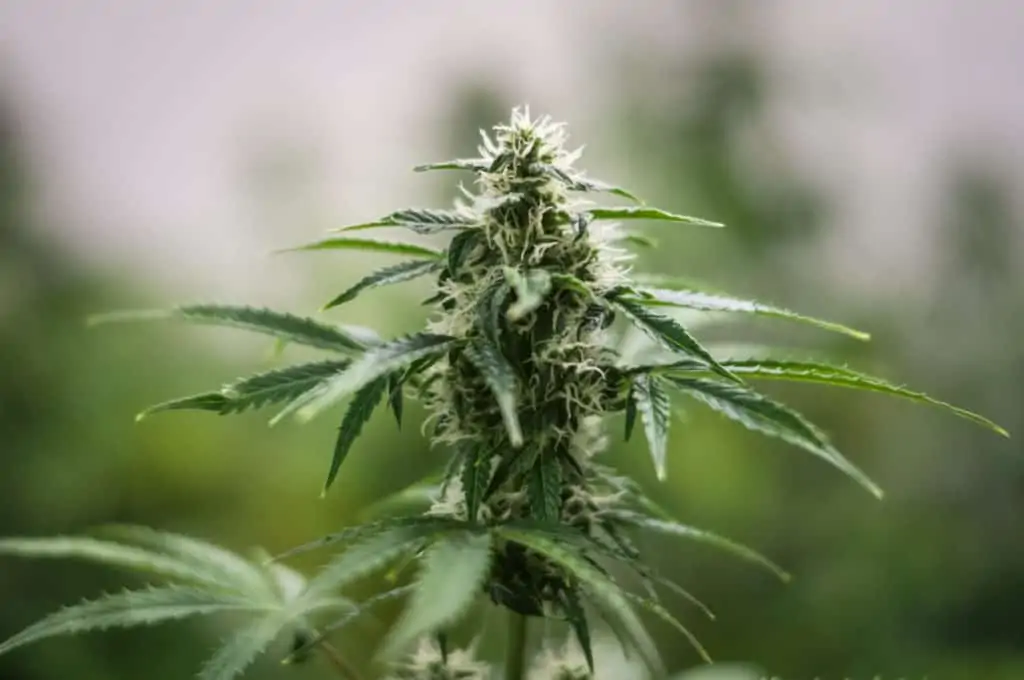
In nature, cannabis plants start to flower in the fall months, when they are receiving less light. The decrease in light signifies to the plants they are nearing the end of their life cycle and its time to begin flowering.
Indoors, this action is done by changing the amount of light the plants receive to a schedule of 12 hours of light, and 12 hours of uninterrupted darkness. The plants will require less nitrogen during this time than they have had in the previous vegetative phase.
Most cannabis plants flower for around 8-14 weeks. Depending on the strain, some may flower a lot longer than others. Pure indica strains usually finish around 8 weeks of flowering, while pure Sativa strains usually finish around 12-14 weeks.
Some Sativa strains have been known to flower for 16 weeks or longer. For this reason, indica strains are most commonly the kind that is grown indoors.
Most growers like to grow, harvest, sell, and get back at it as quickly as possible to turn a faster profit. If you are not in it for the profit, sativa strains can be fun to grow.
You could let them grow real big and tall if you have the ceiling space or outdoor area for them. Make sure to research the strain your growing so you have a general idea of the flowering time.
Autoflowering strains can have a short flowering stage and begin to flower after just three weeks. Autoflowering strains can be ready to harvest 5 weeks after. That means that you can grow an autoflowering seed in just eight weeks.
Keep a close eye on any new sex organ formations to determine the sex of your plants within the first two weeks of flowering. You will be able to tell whether your male plant needs to be carefully extracted from the grow site or whether you have a female on your hands. It's important to separate the males from the females to prevent the pollination of females.
Pruning too early into the flowering stage can affect the hormones of the plant and the number of buds produced.
Ultimately the flowering phase will depend on the genetics of your strain.
Fast-flowering strains can grow in a period of between six to eight weeks. Fast-flowering strains include:
- Girl Scout Cookies (GSC)
- OG Kush
- Original Glue (Gorilla Glue #4/GG4)
- Granddaddy Purple (GDP)
A medium flowering growth rate can take between eight to 12 weeks. Most strains will have a medium flowering time. Medium-flowering strains include:
- Sour Diesel
- Wedding Gelato
- Strawberry Lemonade
- Pineapple Chunk.
Long flowering times between 12 and 14 weeks occur in most sativa, landrace, and Haze strains. Long-flowering strains include:
- Colombian Gold
- San Fernando Valley OG
- Chocolate Thai
Step 7: Harvesting = 1 to 3 days
Harvesting times can vary depending on your strain’s height, yield, and overall quality, as well as your experience with drying, curing, and trimming.
Quality cannabis buds can dry in about four days but usually take a week or more for a slow and full drying process. Your bud should be dry enough to avoid mold, but not too dry.
Curing can take anywhere from a couple of weeks to a little over a month. Some users may leave their cannabis curing for up to two months or even six months for some strains.
Curing is another long and slow process intended to maximize the effects of your bud, especially for medical users.
Trimming times can depend on your experience. Of course, hand trimming will be more time-consuming than using a commercial and automatic trimming machine.
How Long Does It Takes To Grow Weed-Recap
The strain you're growing, the cultivation technique, and the environmental circumstances can all have a big impact on how long it takes to produce cannabis from seed to harvest.
For some autoflowering strains, the complete growth cycle might take anywhere from 8 weeks to 20 weeks or longer. For some photoperiod strains, the entire growth cycle can take as long as 40 weeks.
How long does it take to grow a bud of weed?
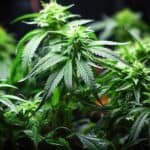
The length of time it takes to develop a marijuana bud, often referred to as a cannabis flower, depends on a number of variables, principally the strain you're growing and the particular development circumstances you offer. It typically takes 6 to 12 weeks from the beginning of the blossoming stage until the buds are fully developed and prepared for harvest.
How much weed can you get off 1 plant?
An ideal cannabis plant may produce between 0.5 and 1.5 grams of dried flower for every watt of light utilized in an indoor grow, on average. This suggests that, although results can vary, a 600-watt grow lamp might theoretically produce between 300 and 900 grams (10 to 30 ounces) of dried flower per plant.
With the right conditions, outdoor grows can produce even more, with some seasoned growers reporting yields of more than a pound (16 ounces) per plant.
Is cannabis hard to grow at home?
Overall, even though growing cannabis at home might be difficult, many people find it to be a delightful and fulfilling hobby. To improve your chances of success if you're new to growing, think about beginning with a smaller setup and conducting careful research.
How long does it take to grow weed outdoors?
The process of growing cannabis outdoors involves a number of variables, and the time it takes from planting to harvest might change depending on the strain used, the location, and the grower's particular objectives. Here is a general summary:
Autoflowering strains should be chosen since they often mature more quickly, between 60 and 90 days from seed to harvest. They don't rely on photoperiod cues, therefore regardless of the light cycle, they will naturally begin to flower after a set amount of time.
Photoperiod Strains (Indica, Sativa, and Hybrids): Light exposure determines how long they will live. When cultivated outdoors, these strains can take anywhere from 4 months to over 7 months from seed to harvest, depending on when they are planted and when they begin to blossom.
Timeline for Photoperiod Strains in General:
3–7 days for germination.
Seedling Phase: two to three weeks.
Vegetative Phase: This is extremely variable. Outside, the vegetative phase can last up to three months and usually coincides with the longer sunshine hours of spring and early summer.
Flowering Phase: This starts when the days get shorter, indicating that the plant is ready to begin flowering. Flowering can extend anywhere from 7 to 12 weeks, or even longer, depending on the strain:
The flowering period for indica-dominant strains is often shorter (7-9 weeks).
The flowering period for sativa-dominant strains is frequently prolonged (10–12 weeks).
Harvest Period: Growers typically plant in the late spring and harvest in the early to midfall in various northern hemisphere locales. Indica-dominant strains could be ready by September, though exact dates can vary.
Until October or possibly November, sativa-dominant strains could not be ready.
Don't overlook the post-harvest procedures after harvesting:
“
There are over 300,000 jobs in the cannabis industry. CTU trained me for one of them!

Makes $24.50 @ THC +
Drying: Depending on the environment, it usually takes 7–14 days.
Curing: Although many growers prefer several months, cured buds should be kept in jars for at least 2-4 weeks for the best quality.
Planning an outdoor grow requires taking into account the local climate and choosing strains that are compatible with the surroundings.
What is the germination stage, and how long does it last?
In the first stage of development, known as germination, the seed begins to sprout and develop into a plant. In most cases, this stage lasts between one and two weeks.
How long is the vegetative stage of cannabis growth?
The duration of the vegetative stage, which is the period during which the plant develops its foliage and expands in size, can range anywhere from three weeks to several months, depending on the preferences of the grower and the strain in question.
What factors affect the length of the flowering stage?
The duration of the flowering period can range anywhere from six to twelve weeks, depending on the strain of cannabis and the conditions of the surrounding environment. In comparison to sativa strains, indica strains often have a smaller flowering period than sativa strains.
Does growing weed indoors speed up the process?
It is possible to have a greater degree of control over the growth environment when cultivating plants indoors, which can occasionally speed up the process, particularly if the circumstances are kept at their optimal level. On the other hand, the growth schedule is primarily determined by the genetics of the plant.
Can the growth process be expedited in any way?
Although it is possible to maximize the growth process by managing environmental conditions, employing certain training techniques, and selecting strains that blossom quickly, it is generally not advisable to hasten the natural growth cycle of cannabis plants.
How do autoflowering cannabis strains affect the growth timeline?
While standard strains typically have a longer growth cycle, autoflowering strains typically have a shorter growth cycle. Due to the fact that they flower depending on age rather than variations in the light cycle, they can progress from seed to harvest in approximately eight to ten weeks.

Luis Cordova
Luis Cordova is a distinguished author, and renowned expert in cannabis cultivation, who possesses a Master's degree in Plant Biotechnology and Pharmaceutical Science. As a valued contributor to highly esteemed publications such as Cannabis Training University and Maximum Yield Magazine, Luis has emerged as a trusted source of guidance and knowledge in the cannabis industry. Having written thousands of informative articles, Luis is widely recognized for his comprehensive expertise on cultivating cannabis, both indoors and outdoors.


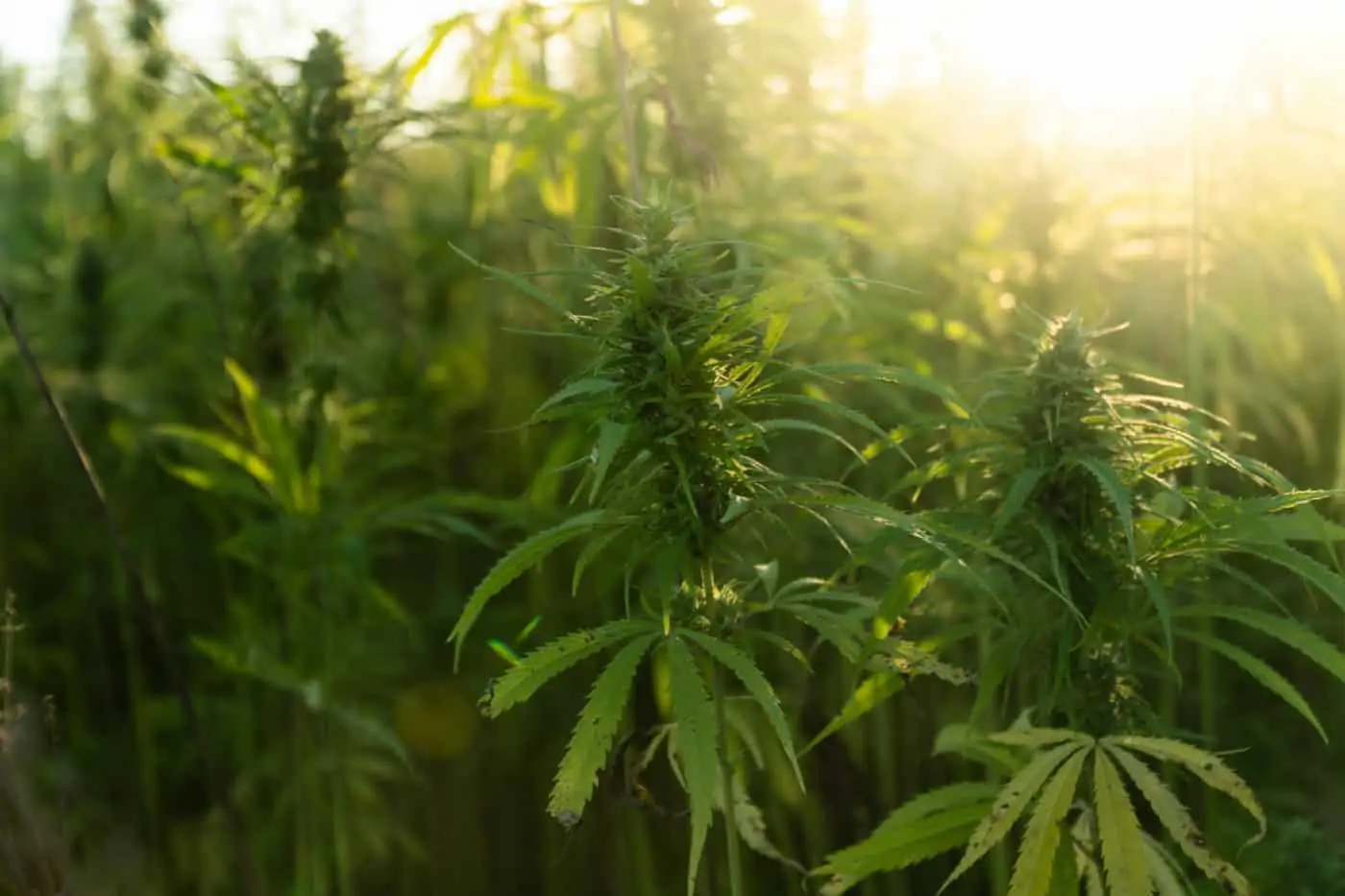


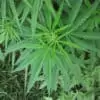



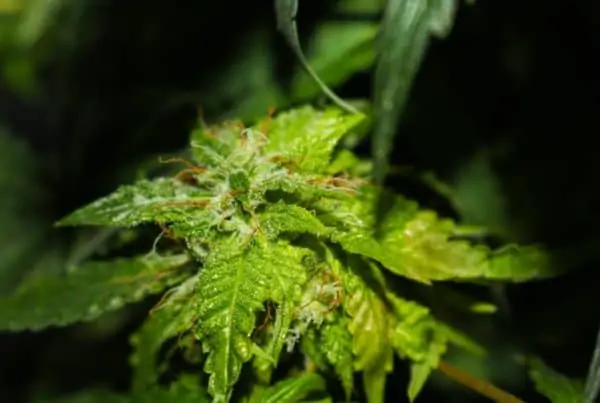
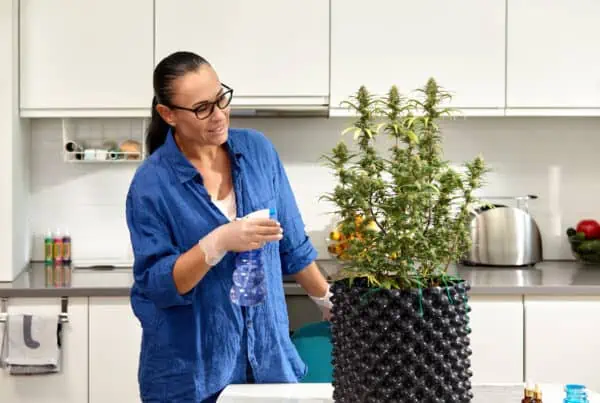

 Jeff was involved in an accident where he endured a traumatic brain injury. He had a week-long stay in ICU where brain surgeons
Jeff was involved in an accident where he endured a traumatic brain injury. He had a week-long stay in ICU where brain surgeons  100% risk free money back guarantee within 48 hours after purchase if student has not completed any of the courses or exams.
100% risk free money back guarantee within 48 hours after purchase if student has not completed any of the courses or exams.